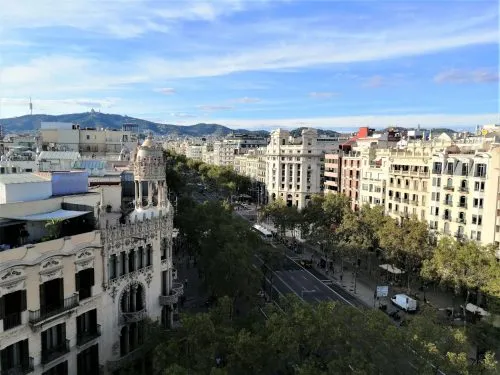 Your Gràcia Neighborhood Guide: Everything To See and Do in Barcelona’s Charming Barrio
Your Gràcia Neighborhood Guide: Everything To See and Do in Barcelona’s Charming Barrio
Is Gràcia the best neighborhood in Barcelona? All the locals seem to think so. And more and more visitors to Barcelona are finding…

Let’s be real: You’re not going to spend your entire trip to Madrid trying to see every piece of art in the Prado Museum’s extensive collection. It will take a few hours just to see the most famous paintings out of the 7,600 in the Prado’s exhibition, and there’s already so much to include in your Madrid itinerary.
Plus, it’s the sign of a great art museum that you’ll never come close to seeing everything. That’s why the Prado Museum, or Museo del Prado in Spanish, is worth visiting. But to make the most of your visit, you’ve got to plan ahead, and that’s exactly what this guide will help you do.
Whether you want to know the benefit of taking a Prado Museum tour or which type of ticket you should buy, we’ll cover everything you need for an unforgettable visit. This includes:
Ready to discover the Prado Museum?
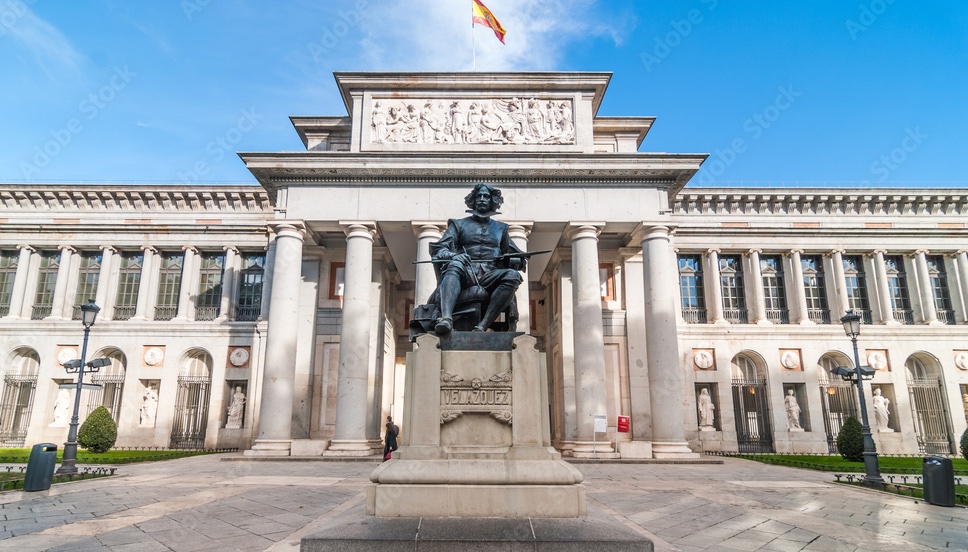
The Museo del Prado may not be the largest art museum in the world, but it is considered to have one of the greatest collections of masterpieces from Spanish painters El Greco, Goya, and Velázquez, as well as the Dutch and Italian painters Hieronymous Bosch and Titian.
Housed in an 18th-century Neoclassical building designed by the architect Juan de Villanueva, the Prado is unique because it reflects the collecting preferences of the Spanish monarchs from the 16th and 17th centuries. In fact, the museum is often described as one of “painters” rather than “paintings.” The royals focused on accumulating as many works as possible from their favorite painters, not works that were representative of specific schools of art.
It’s because of this collecting history that the Prado has the largest holdings — in some cases more than 100 works! — of Titian, Bosch, El Greco, Goya, and more. Today, the museum has a collection of over 20,000 works of drawings, paintings, and sculptures.
But how did the Prado get started as a royal museum?
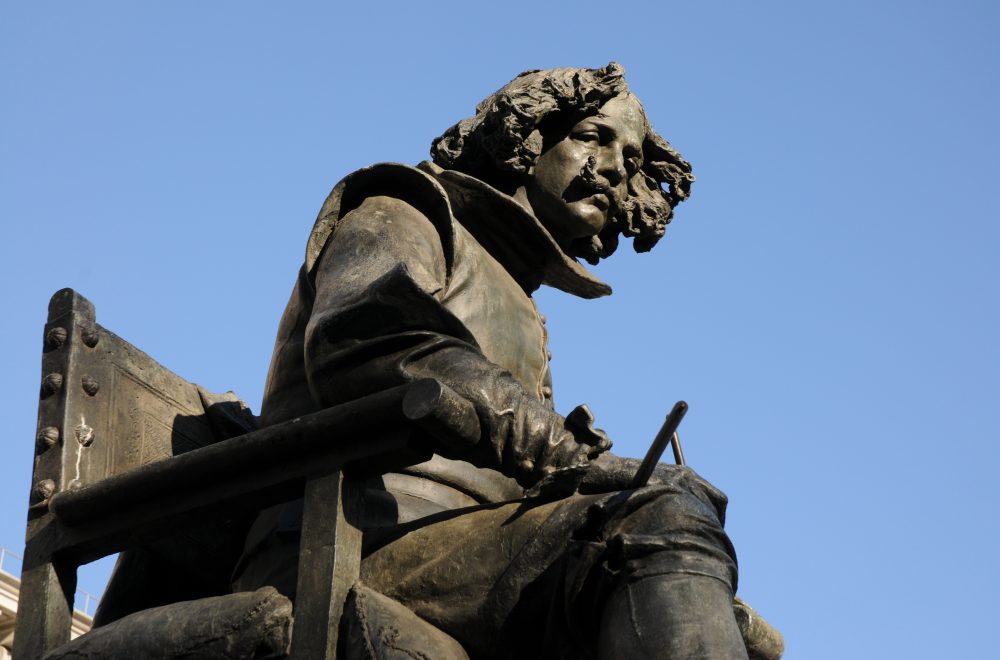
The renowned Spanish architect Juan de Villanueva was ordered to construct the museum building in 1785 by King Charles (Carlos) III. While Charles wanted it to serve as the Cabinet of Natural Sciences, it wasn’t completed until his grandson King Ferdinand VII’s reign.
Ferdinand’s wife Queen Maria Isabel de Braganza had different ideas for the Neoclassical building: make it the Royal Museum of Paintings and Sculptures. Starting in the 16th century under the patronage of Emperor Charles V, the royal collections significantly grew and were added to by each successive monarch. King Ferdinand and Queen Maria Isabel wanted to show off how much art was owned by the crown.
The Prado Museum opened to the public in November 1819, and the collection on display continued to grow until extensions needed to be built in the 19th and 20th centuries. Today, we’re able to see masterpieces from the greatest Spanish, Flemish, Italian, French, and German artists because of the admiration Spanish monarchs had for them.
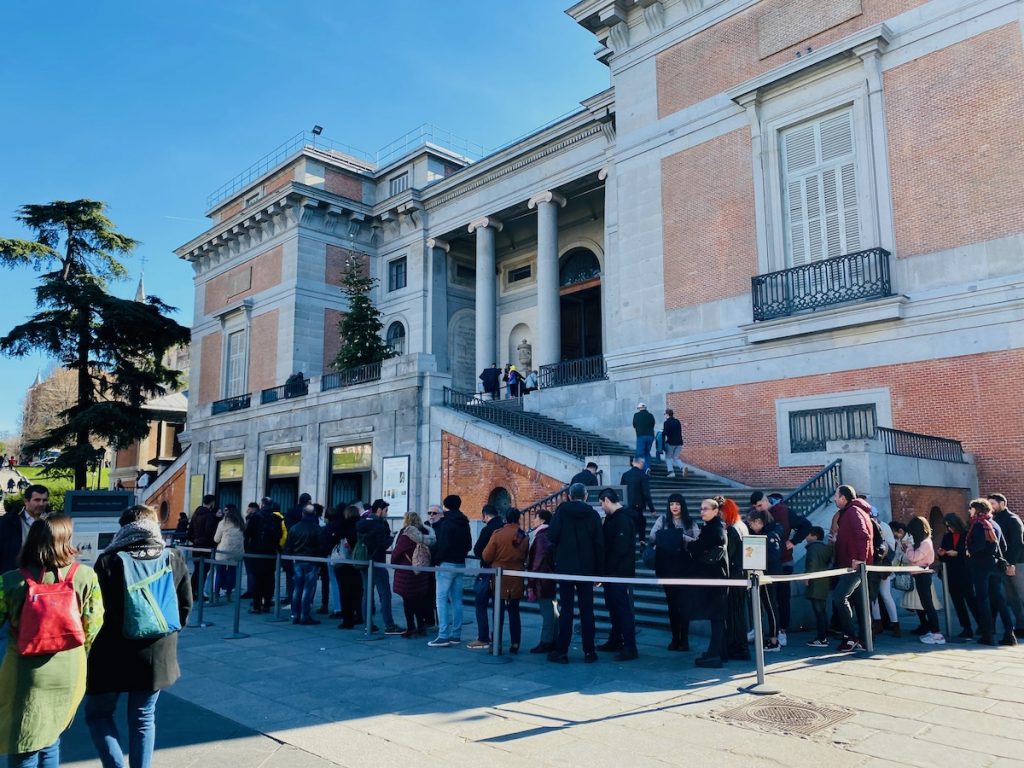
To make the most of your limited time, do some research and make a plan for visiting the Prado. Not just because the museum is huge — it is! — but because there are free days and other options to save money and time for an even more memorable experience.
Except for Christmas and New Year’s Day, the Prado Museum is open Monday to Saturday from 10 a.m.-8 p.m. and Sundays from 10 a.m.-7 p.m.
While most people like to visit the art museum when it opens, the Prado offers free access for the last two hours of the day, every day of the week. How cool is that? However, you’ll want to arrive more than 30 minutes before closing time, as they start asking visitors to leave 10 minutes before.
The Prado uses a timed-entry system, so you can only enter the museum at the time on your ticket. Purchase your tickets in advance to ensure you can get the day and time you want. General admission starts at €15 and €7.50 for people 65 and older. Admission is free for anyone under 18, and you can learn more about other discounted ticket options on the museum website.
Tip: Consider buying an Art Walk Pass for €32 if you’re also planning to visit the Museo Reina Sofía and Museo Thyssen-Bornemisza.
The Prado Museum is centrally located and easily accessible by car, bus, metro, or walking.
There are a few bus stops that put you within a short walking distance of the museum:
If you’re taking the metro, these are the main stops to look out for:
The Prado has five entrances, and there are a few things to consider before you choose which one you’ll use. If you don’t buy tickets in advance, you can purchase them through an automated ticket machine at Puerta de Goya Alta on the western side of the building or at the ticket counters at Puerta de Goya Baja, which is also on the western side.
Our recommendation: Use the ticket machines at Puerta de Goya Alta. During the peak season, you could be waiting in line for up to 1.5 hours to get a ticket at Puerta de Goya Baja.
Puerta de Velázquez is the main entrance and is exclusively for pre-booked ticket holders, so you’ll get right in if you purchased in advance or booked a tour. Advanced bookings will also help you skip the line in front of Puerta de los Jerónimos and Puerta de Murillo. Jerónimos is an accessible entrance for people with reduced mobility or traveling with strollers. Group tours should enter through Murillo.
Finding your way around the Prado can be overwhelming, so pick up a free map at the entrance.
The museum’s collections are housed in two buildings: the original Villanueva building and the expansion into the Jerónimos Cloister. Inside, there are three floors of galleries to explore.
Ground floor
Here you’ll find the Prado Cafe and gift shop, as well as permanent and temporary exhibitions.
Look out for:
First floor
This is where you’ll find temporary and permanent exhibitions of paintings from the 15th and 18th centuries.
Look out for:
Second floor
On this floor, you’ll find the Leoni Cloister, sculptures, and paintings and decorative arts from the 17th and 18th centuries.
Look out for:
We recommend going to the Prado in the afternoon when there are fewer visitors and spending 2-3 hours looking at the collection highlights.
A guided tour is the best way to immerse yourself in the Spanish, Flemish, and Italian masterpieces. In just two hours, your local guide will bring the rich cultural history of this iconic museum to life.
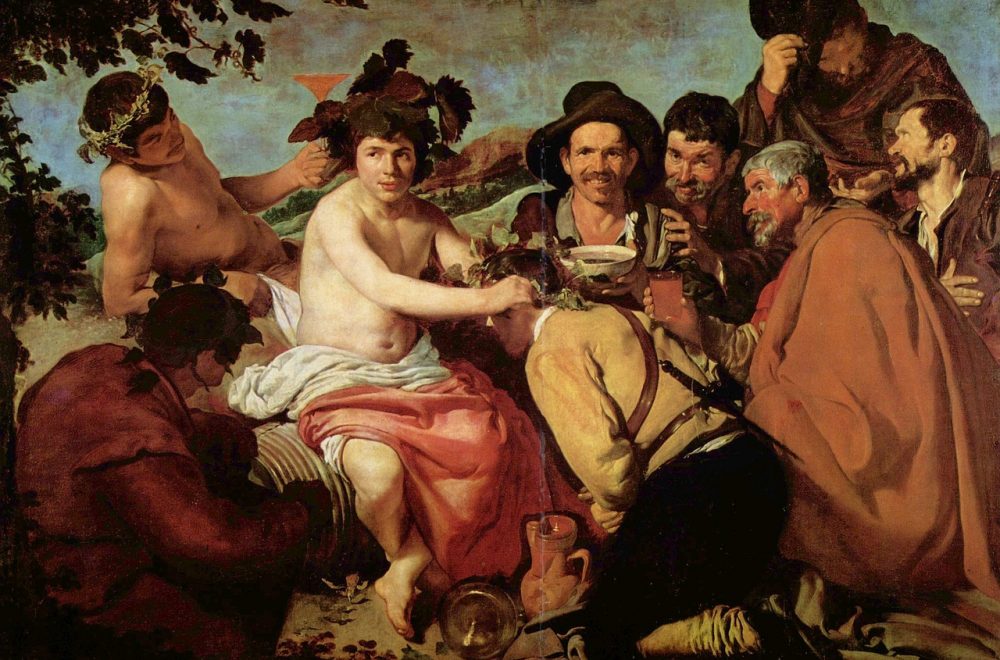
Pictures aren’t allowed in the Prado, but seeing masterpieces like Velázquez’s “Las Meninas” or “The Drinkers” (above) up close is still an unforgettable experience. We’ve picked a few other highlights and hidden gems from the museum’s collection that no art lover should leave without seeing.
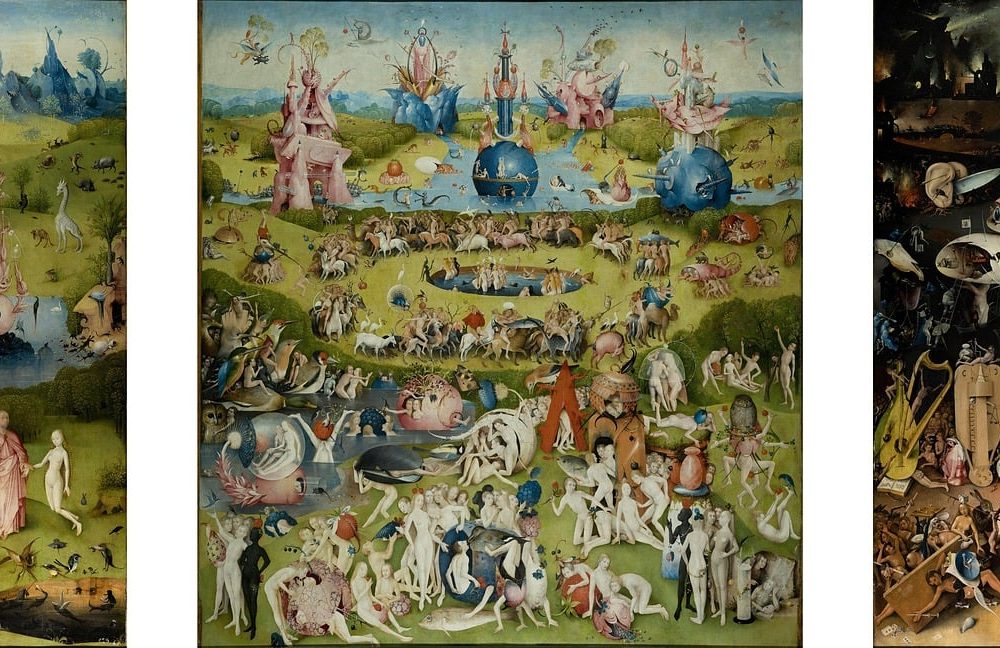
Probably the most important example of Flemish art at the Prado is Bosch’s “The Garden of Earthly Delights” (above), a triptych that depicts the fate of humanity in what appears to be a scene out of the film “Poor Things.” This surreal painting is thought to have even inspired the Spanish painter Salvador Dalí.
More Dutch masterpieces:
Art historians are still trying to identify the sitter in Raphael’s “The Cardinal,” but that doesn’t make it any less of an Italian masterpiece that should be on your Prado Museum itinerary.
More famous Italian paintings:
Don’t limit yourself to the works everyone flocks to see — there are plenty of hidden gems on display in the Prado Museum like Dauphin’s Treasure, a collection of decorative vessels from Philip V. Made from crystal and other precious stones, these vessels are perfect examples of royal decadence.
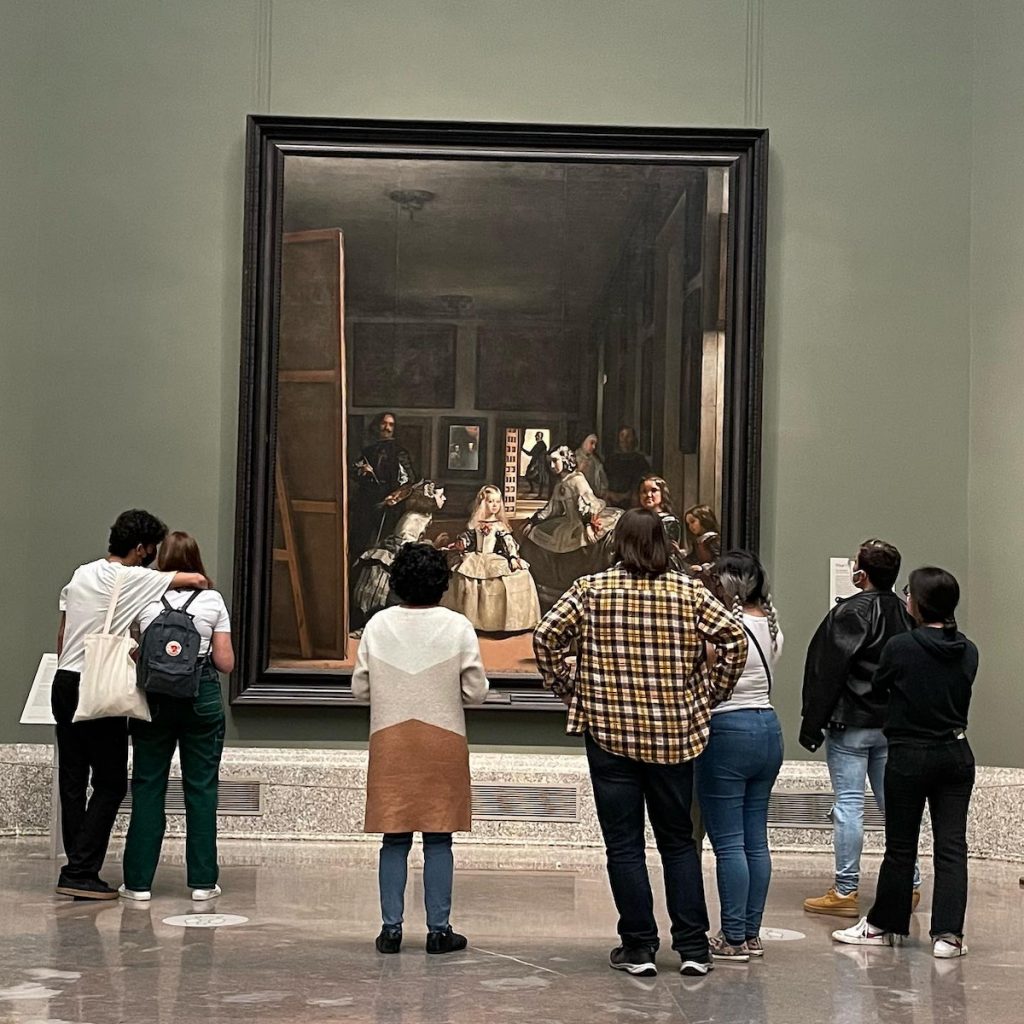
Visiting an art museum is a great way to get to know a city’s culture. Whether or not you consider yourself an art aficionado, a guided tour with a local expert will only help you understand the stories, symbolism, and history behind each piece. Plus, you get to skip the long lines and save your valuable vacation time.
Our skip-the-line tour of the Prado gives you two hours with an expert, who will guide you through thousands of paintings and point out the masterpieces of Flemish, Italian, and Spanish art you can’t miss.
Add a touch of royalty to your Prado Museum experience with our tour that also includes a visit to the Royal Palace and an optional tapas upgrade. Before visiting Spain’s national art museum, you’ll explore the best of the 3,418 rooms in the oldest palace in Europe, then break for a traditional tapas lunch.
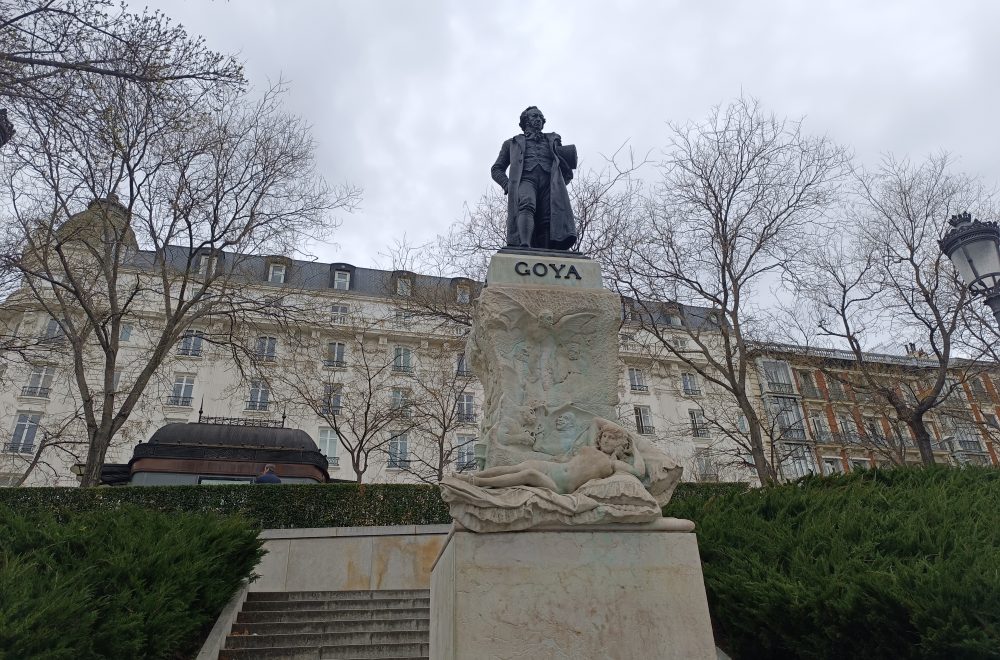
Why is the Prado Museum famous?
The Prado Museum in Madrid is known for its comprehensive collection of Spanish art, as well as its holdings of European paintings from Flemish and Italian schools. El Greco, Goya, Bosch, and Titian are among the many famous artists whose works visitors flock to see.
How long should I spend in the Prado?
While the Prado is a large art museum with a collection of over 20,000 paintings, sculptures, and more, the amount of time you spend looking around is up to you.
Our skip-the-line guided tour takes two hours, and we recommend staying longer if there’s more you want to see. Knowing that visitors are often short on time, the Prado Museum recommends a museum route of 15 masterpieces that can be completed in as little as an hour.
What is the best time to visit the Prado Museum?
We begin our Prado Museum tour after 3 p.m. when there are fewer crowds, so you can take in Bosch’s “The Garden of Earthly Delights” and Velázquez’s “Las Meninas” without feeling rushed.
What is the most important artwork at the Prado Museum?
There are many iconic paintings in the Prado Museum, so it’s hard to choose one. Here are a few important works you don’t want to miss:
How much is admission to the Prado Museum?
General admission starts at €15, but there are reduced ticket options for people 65 and older, youth card holders, and large families. Entry is free for anyone under 18.
If you want to enhance your experience of the Prado, tickets for our guided tour can be purchased at $40 per adult, $29 per child. And you can combine your visit to the Prado with the Royal Palace and tapas, starting at $76 per adult.
Do you need to buy tickets to the Prado Museum in advance?
The Prado Museum is one of the most popular tourist attractions in Madrid, so it’s recommended that you buy your tickets for timed entry in advance.
Can you take photos in the Prado?
Photography is prohibited in the Prado Museum, but you’ll find images for the great masterpieces in their collection on the museum website.
Where is the Prado Museum located?
The Prado Museum is located in central Madrid and is easily accessible by car or public transportation.
Is the Prado the largest art museum in the world?
No, the Prado is not the largest art museum in the world. That title is held by the Louvre Museum in Paris.
Which museums make up the “Golden Triangle” in Madrid?
The Golden Triangle of Art in Madrid refers to the capital’s three iconic art museums located on the Paseo del Prado:
What other attractions are near the Prado Museum?
There are lots of other attractions near the Prado Museum, including the two other museums that make up Madrid’s Golden Triangle: the Museo Nacional Centro de Arte Reina Sofía and the Museo Nacional Thyssen-Bornemisza.
You’ll also find the Royal Palace, which is the largest in Western Europe, the Egyptian Temple of Debod that you’ll visit on our Madrid highlights walking tour, and the beautiful El Retiro Park.
A trip to Madrid isn’t complete without visiting the Prado Museum, and going with someone who knows the history behind the art enriches your experience even more.
If you want the ultimate culture-packed day, then our guided tour of the Royal Palace and Prado Museum with the option for tapas in between is just what you need.
Check out our other Madrid tours while you’re here, and enjoy your time in the city. You’re going to love it!
 Your Gràcia Neighborhood Guide: Everything To See and Do in Barcelona’s Charming Barrio
Your Gràcia Neighborhood Guide: Everything To See and Do in Barcelona’s Charming Barrio
Is Gràcia the best neighborhood in Barcelona? All the locals seem to think so. And more and more visitors to Barcelona are finding…
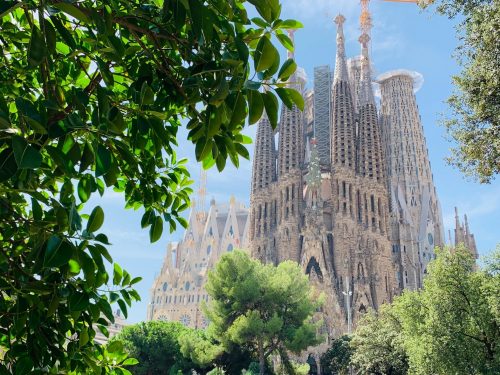 A Complete Guide for Visiting the Sagrada Família in Barcelona
A Complete Guide for Visiting the Sagrada Família in Barcelona
One of the most visited places in Barcelona is the ornate Roman Catholic basilica la Sagrada Família aka the Basilica of the Holy…
 Where To See a Flamenco Show in Barcelona (And Why You Should!)
Where To See a Flamenco Show in Barcelona (And Why You Should!)
Before I visited Spain for the first time, I imagined that flamenco is synonymous with Spain’s national identity. It would be far-fetched to…